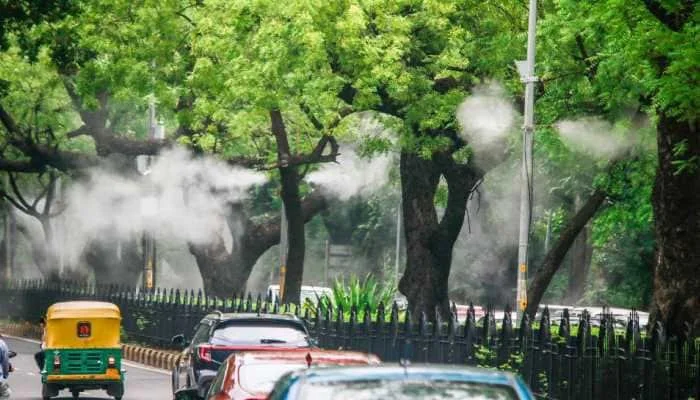The Day After Diwali: Will Delhi's Artificial Rain Wash Away The Smog Or Just The Hope?
The Delhi government said that it is "fully prepared" to implement its ambitious cloud seeding plan, which involves artificial rain induction, shortly after Diwali to check the capital's chronic air pollution. The Environment Minister Manjinder Singh Sirsa affirmed on Wednesday that the project, a joint venture with IIT Kanpur, is waiting for the final go from the India Meteorological Department (IMD) and appropriate cloud cover.
Trial Flights Completed, Awaiting Green Signal
Minister Sirsa reported that every logistical and preparatory obstacle for the ₹3.21-crore project has been overcome.
Readiness: The specially adapted aircraft is deployed in Meerut. Pilots have successfully undergone four days of familiarisation and trial sorties over the allotted target area in northwest Delhi.
Timeline: The operation is dependent on IMD approval and the availability of appropriate clouds. The initial trial may be held the day following Diwali or a few days later, subject to weather conditions.
Approvals: The project, approved by the Delhi Cabinet in May, has already obtained clearances from more than 10 central and state organisations, ranging from Union Ministries of Defence and Home to DGCA and AAI.
How Artificial Rain Works
The method, a scientific technique to purify the air, needs certain atmospheric conditions in order to succeed.
The Process: Cloud seeding consists of seeding clouds with hygroscopic substances, like silver iodide (AgI). The particles become nuclei and increase the ability of the cloud to condense water and generate rain.
Expected Impact And Expert Caution
Rain is believed to "wash out" pollutants, but its impact on Delhi's record-high Air Quality Index (AQI) is a subject of scientific controversy.
Likely Improvement: Specialists indicate intense, prolonged rain might be able to decrease the AQI by 50–80 points. This might change the air quality from 'Very Poor' to 'Poor,' or 'Poor' to 'Moderate.' Light drizzle will not work.
Doubt: Sunil Dahiya, who is the founder of Envirocatalysts, was skeptical, and he added that experiments done across the world so far have been aiming at drought, not pollution, and that the pollution rates might bounce back immediately.
The Challenge: The sheer magnitude of the pollution in Delhi, critics say, means seeding the entire city, and there is no assurance that the trial will bring enough rain to develop a lasting "washout effect."
The ongoing trial is framed as a scientific pilot to determine the effectiveness of cloud seeding as an unconventional weapon to tackle Delhi's persistent winter air pollution problem.

